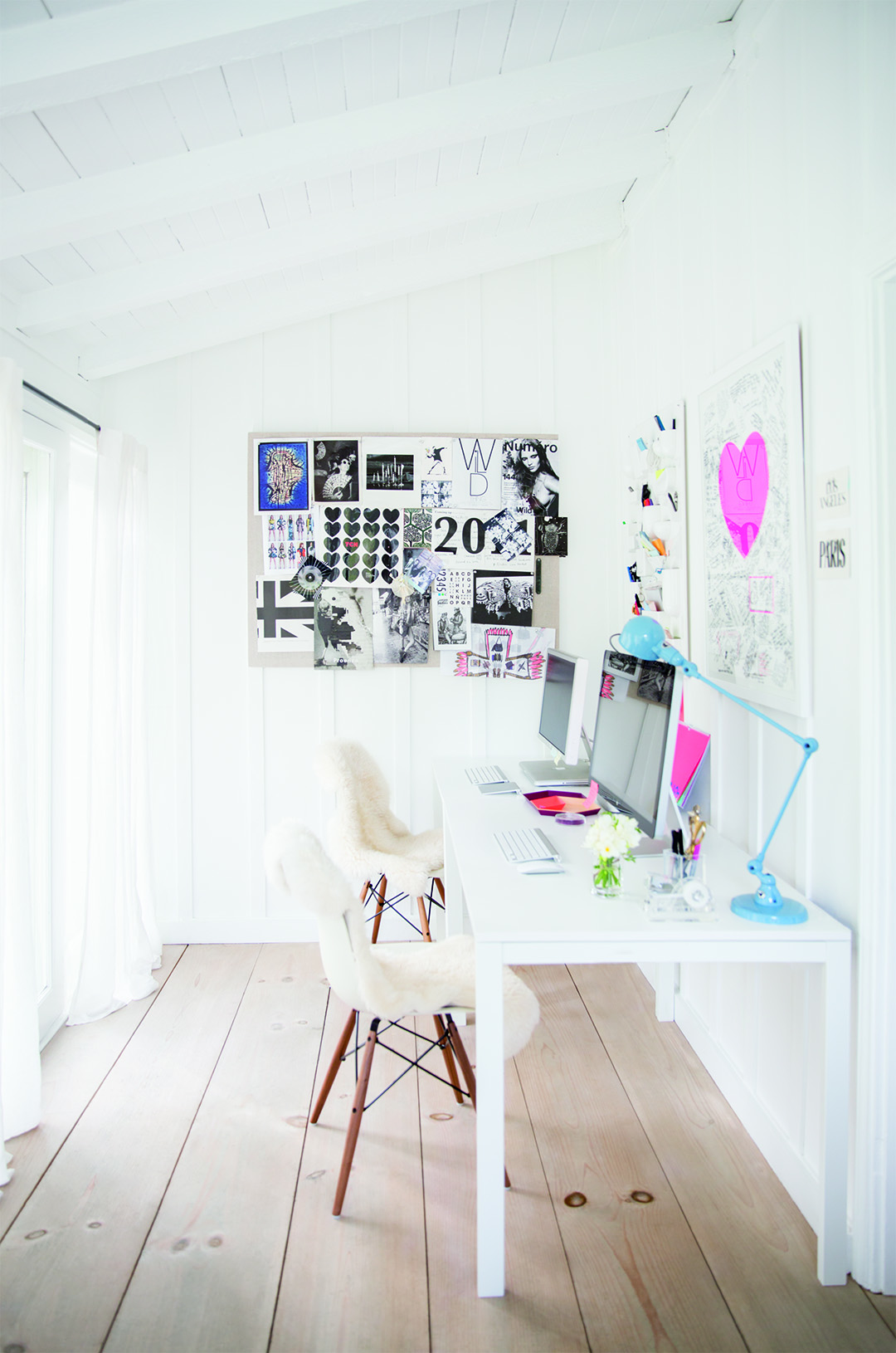We may earn revenue from the products available on this page and participate in affiliate programs.
There are two types of people: those who strive for “inbox zero” and those who employ more of an “inbox mayhem” approach. Whichever side you’re on, we can all agree that email-related stress is real. One recent study found that consistently checking emails is one of the most stressful daily activities. And it’s a timesuck too. You spend around 20 hours on emails in one week, which is more than you might on socializing with friends, exercising, or eating. The flood of emails you receive every day is not only hurting your productivity, but it’s also taking over your life.
Unfortunately, the solution is not just to ignore those ever-present notifications. We can’t Kondo this and remove it from our life if it doesn’t spark joy. Here’s how you can take back your inbox and reduce the stress related to emails even if you live with “inbox mayhem.”
Choose an Organization Style
First things first: Select an organization method. “Some people may prefer to organize their emails chronologically, while others will prefer to sort by sender, subject, size, etc.,” says Rashelle Isip, a New York–based organization, time management, and productivity expert, also known as The Order Expert. “There’s no one-size-fits-all solution: It all depends on personal preferences and the purpose of the email account—work or personal use.”
Then do a cursory review of your emails, determining which emails are important and urgent and which can be attended to later.
Create a Filing System
When you’re done organizing and responding, file it away. You can customize and label folders within your inbox, and this filing system will help you get the clutter of previously answered but not ready to be deleted emails out of your inbox. Isip suggests using broader subject titles for folders so you can file and locate emails easier.
Mark “Unread”
Some email applications or plug-ins, like the ones below, can send you reminders to respond to emails or you can do it the old-fashion way: mark unread. For important emails or emails you want to spend time formatting a response on, mark unread so you don’t forget about it. Stars or flagging can do the same thing, so it just depends on your preference.
Do Regular Inbox Maintenance
If you stay on top of it daily, it’ll be less of a chore. “I do practice regular email inbox maintenance, which I think is key,” says Isip. “I regularly delete old emails, file important messages, and trash messages that are old, unnecessary, or outdated.”
Let’s not forget that processing emails takes about four hours a day. One of the easiest things you can do is to limit the number of emails you both receive and send. Unsubscribe from newsletters you no longer read or want to receive, or update your newsletter subscription settings so you’ll receive emails less frequently, and most importantly, stop and think before composing an email. “One less email sent is one less email received,” says Isip. “Can your question be answered by doing some research or speaking directly with someone on the phone?”
Set Clear Boundaries
If you can set email and communication boundaries, do. After all, a study found that people’s stress levels were significantly higher if they checked their inbox frequently, whereas those who limited their email use reported less stress and higher levels of happiness.
While that’s not exactly possible during a workday, try to disconnect in the evenings and on weekends, if possible. Even if you absolutely must check your email every few minutes, it helps to learn to say no and to filter out emails that don’t deserve your time or emotional energy. Set boundaries, whether that’s leaving work at work or shutting off devices after 9 pm, and your stress levels will appreciate the break.
